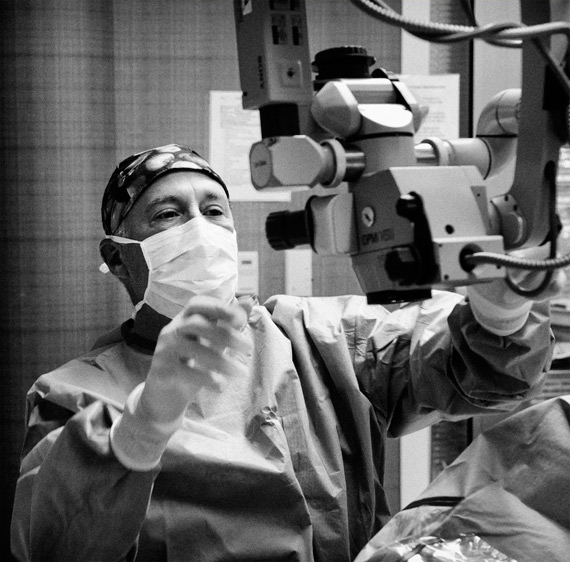The importance of taking care of cataracts before you consider LASIK.
Whenever eye doctors talk about vision problems and declining eyesight, we often immediately picture a older person who is suffering from common age-related vision problems that come with growing older. And while most serious vision problems such as glaucoma and cataracts typically do occur in people who are over the age of 60, that does not mean that they are the only people who could fall victim to these significant vision complications.
 In fact, many doctors are now seeing a sudden increase in cataract patients who are only in their mid-40s. Unfortunately, because cataracts was often thought of as a rare vision problem for anyone who was under the age of 60, many of these patients are being misdiagnosed and have been suggested to get LASIK eye surgery as a means of correcting their vision and seeing more clearly.
In fact, many doctors are now seeing a sudden increase in cataract patients who are only in their mid-40s. Unfortunately, because cataracts was often thought of as a rare vision problem for anyone who was under the age of 60, many of these patients are being misdiagnosed and have been suggested to get LASIK eye surgery as a means of correcting their vision and seeing more clearly.
While LASIK eye surgery is a great treatment option for people who can no longer see quite as clearly as they may have once been able to, it can be a bad option for patients who have unresolved cataract problems. This is because these two vision procedures are correcting two completely different problems, therefore having LASIK surgery when you have cataracts may result in a procedure that isn’t 100% effective (not to mention that you may eventually need cataract surgery anyway).
Because there are many different treatment options available that can help to slow down or stop the progression of eye-related problems, such as cataracts and bad vision, it is important to understand the differences between these procedures to ensure that you are getting the proper treatment that you need.
LASIK Surgery Vs. Cataract Surgery
LASIK Eye Surgery is a very popular, permanent vision procedure that alters the condition and shape of the cornea to correct common refractive errors such as nearsightedness, astigmatism and farsightedness. This procedure is one of the most-praised surgeries available for people who are looking to ditch their corrective lenses and have clearer vision once and for all. Plus, because LASIK surgery has less than 1% of problems which occur from complications, it is one of the most accurate, beneficial procedures for people with common refractive problems.
Cataract surgery, on the other hand, is a condition which is characterized by clouding and hardening of the eye’s lens, often resulting in deteriorated eye sight. This condition is most common in people who are over the age of 40, although people much younger have also been known to fall victim to this vision problem.
People who have cataracts but choose to get LASIK surgery will find that, after the LASIK surgery has been performed, the result will not be quite as effective as they originally thought. However, if a cataract patient gets a lens surgery instead, the eye doctor will be able to remove the cataract while correcting the patient’s vision problems at the same time.
Linda is a great example of this. She is actually an OR nurse that works with me at my surgical center. She began complaining of blurry vision and was tired of having to wear her glasses. She spoke to me about it in the OR, and scheduled a LASIK evaluation with me in my office. Well, she ended up having some small cataracts that were causing her visual complaints. She opted for refractive cataract surgery with the ReSTOR IOL and is now able to drive, watch TV, work in the OR, and read without the need for glasses or contact lenses!
If you find that you are suffering from some of the signs and symptoms of aging vision, including the effects of cataracts, be sure to contact a certified eye specialist who will be able to discuss your symptoms and determine which treatment is best for you and your vision. As long as you tend to vision problems early on in your life, you can ensure that you have clear, focused vision long into your senior years.